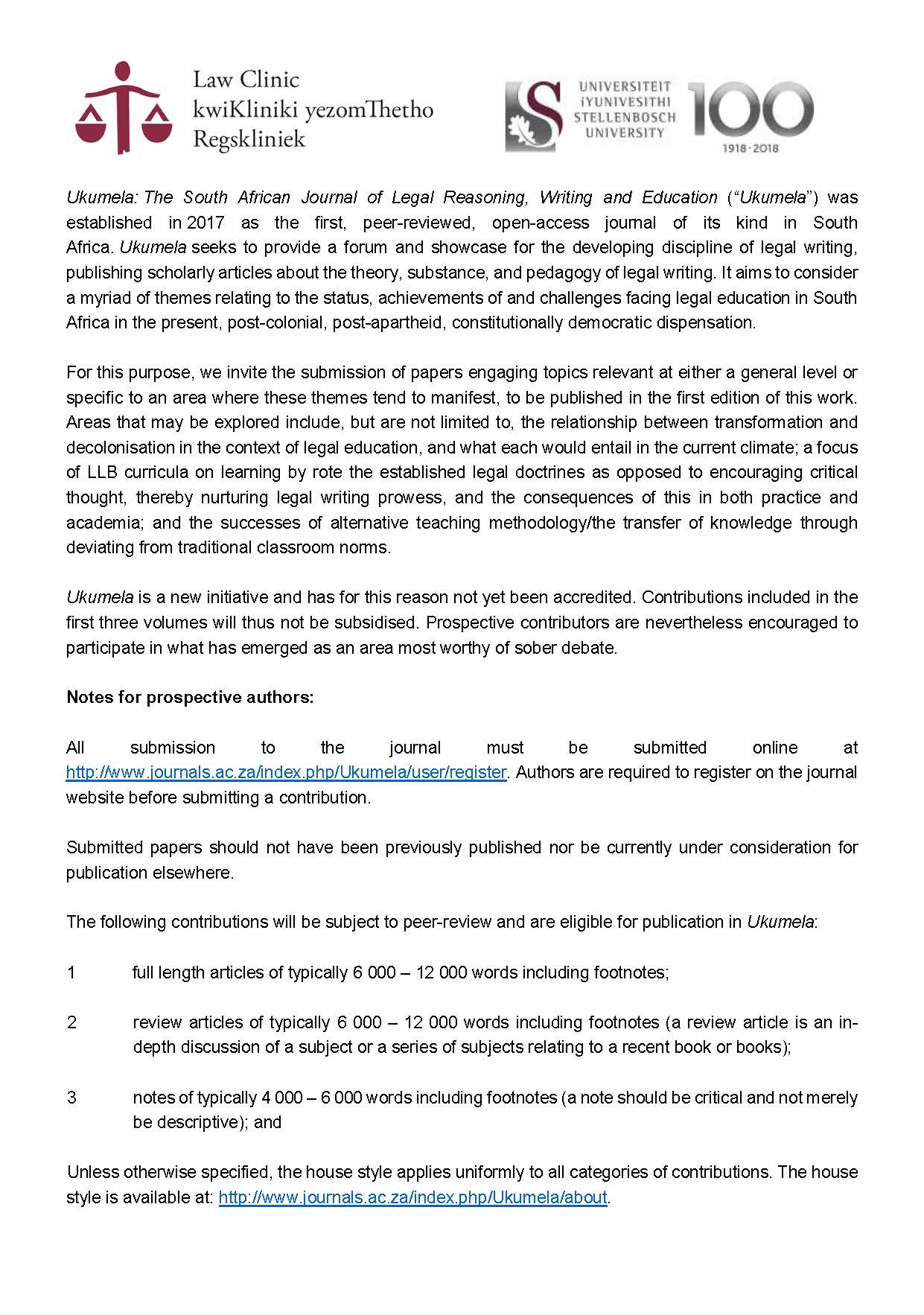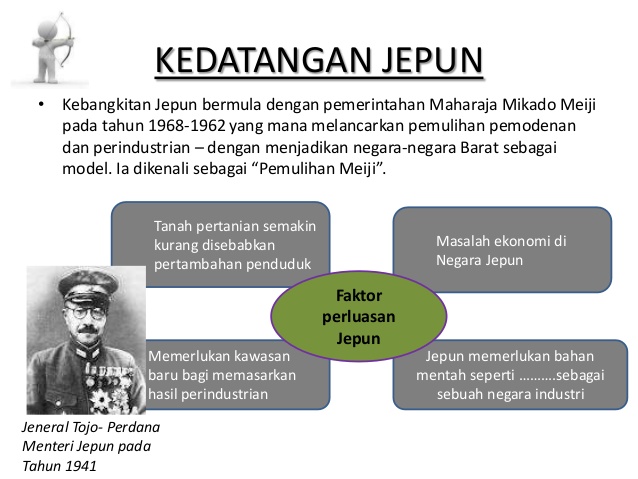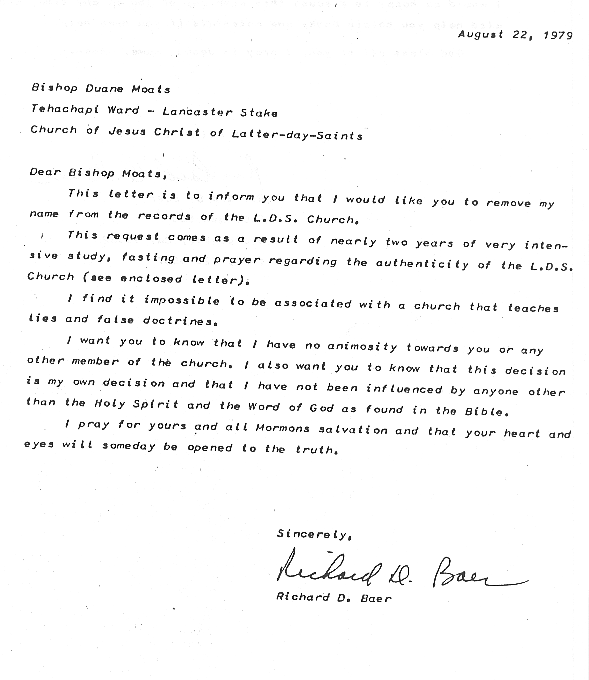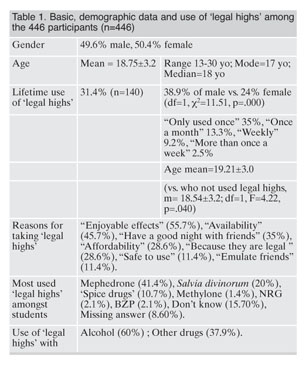Institutional Anomie Theory Research Paper - EssayEmpire.
Anomie theory is important for explaining whether crime is a normal or abnormal (pathological) social phenomenon (Cartwright, 2011).It describes a lack of social norms, lawlessness and normlessness (Cartwright, 2013).In detail, it is a breakdown of social bonds between an individual and the community.
Messner and Rosenfeld drew from Merton’s theory to create institutional anomie theory. Institutional anomie theory seeks to explain America’s high crime and incarceration rates. Akers et al, (2017) stated that this theory argues that America’s social institutions look at money and success as equals.

This sample Institutional Anomie Theory Research Paper is published for educational and informational purposes only. If you need help writing your assignment, please use our research paper writing service and buy a paper on any topic at affordable price. READ MORE HERE.

Sample Research Paper. Words 2,120. This is a research paper on Institutional Anomie Theory.In their book Crime and the American Dream, Messner and Rosenfeld (1994) offer an interpretation of anomie philosophy to explain why United Sated is in the grip of crime when compared to other countries.

Anomie Theory essays Anomie theory belongs to an important person by the name of Emile Durkheim. This theory was his most important work in his study and experimenting of deviant behavior. He created this theory by accident thinking it was the explanation of suicide. According to Durkheim, social or.
Institutional Anomie Theory: Institutional anomie theory contends that specific institutions assume a vital part in shielding individuals from focusing on material achievement, and, accordingly, these institutions help diminish strain. Families and Churches, for instance, temper the want for material riches.

Anomie, the condition of normlessness, is the consequence of a breakdown in the conventions that instract society how to behave. The socially accepted goals, and the means of achieving those goals, have been weakened or removed, creating crime (Void).

Introduction. As a distinct explanatory framework, institutional anomie theory emerged in criminology in the mid-1990s. The first edition of Messner and Rosenfeld’s book Crime and the American Dream appeared in 1994 which is also when the first empirical application of the theory was presented at the forty-sixth annual meeting of the American Society of Criminology—this study was later.

Learn what constitutes the concept of anomie. You will review anomie theory and examine several examples. Upon completion, you will have a thorough.

Anomie Theory (Essay in Oxford Research Encyclopedia of Criminology and Criminal Justice, 2019). of institutional anomie theory using time series modelling of homicide data.

Essay The Theory Of The Anomie Theory. The Anomie Theory states that societies in a whole have a culturally driven system that “1) denotes socially approved values and goals and 2) details acceptable norms or institutionalized means for achieving these goals” (Merton 263).

Institutional Anomie Theory and Social Disorganization theory are some of the most recognized and important theories in the criminological field. They have been used time and time again to explain why crime occurs in regards to the social context. However not all agree that it is a perfect or complete theory and Barbara Sim's critique regarding its failure to integrate Marxist thought into.

How does anomie theory explain deviant behavior? Anomie refers to the confusion that arises when social norms conflict or don't even exist. In the 1960s, Robert Merton used the term to describe the differences between socially accepted goals and the availability of means to achieve those goals.



